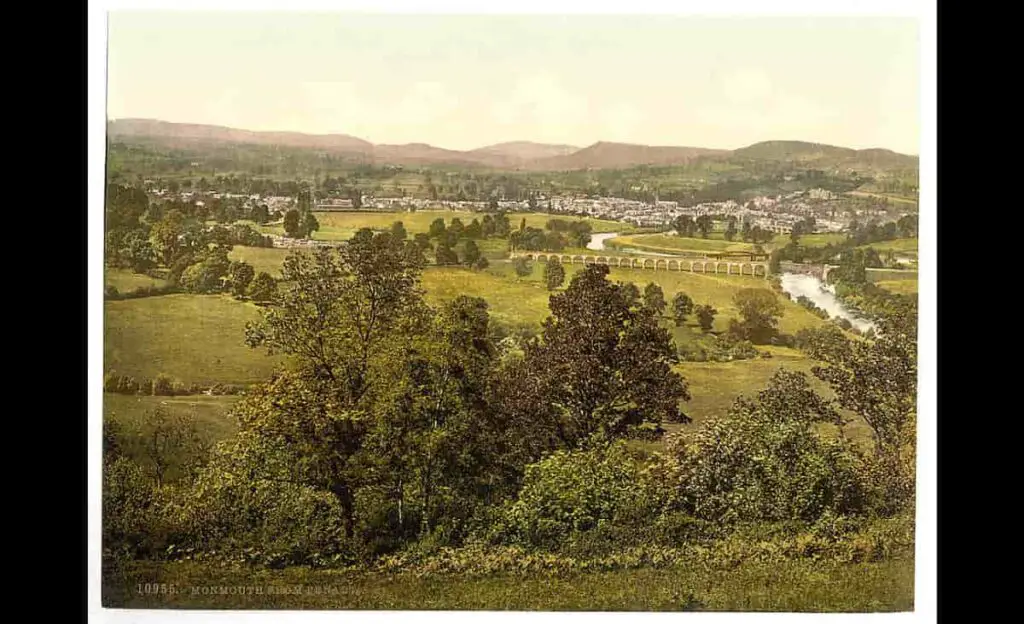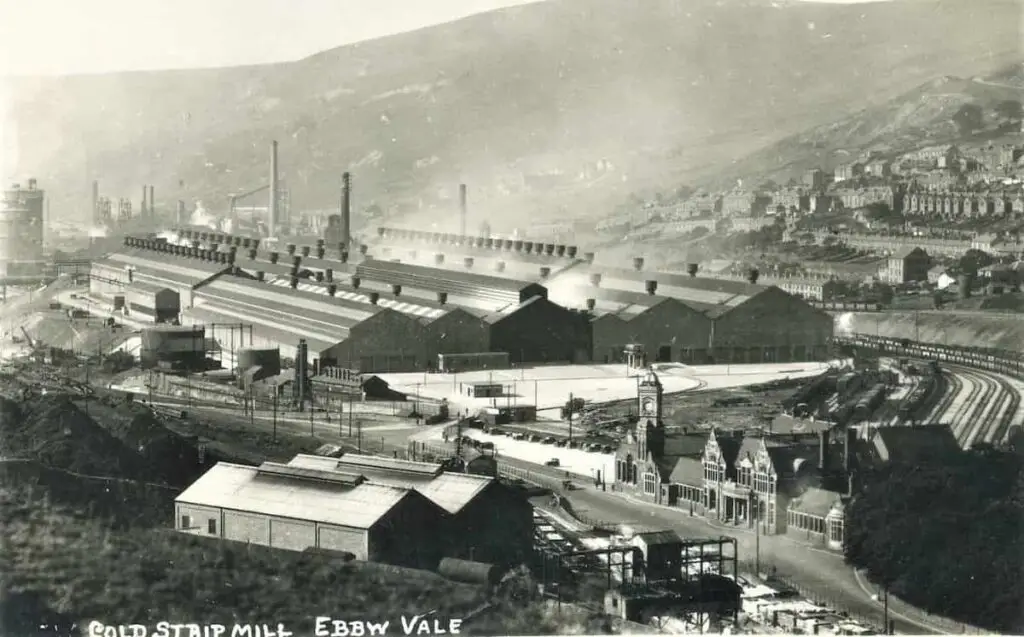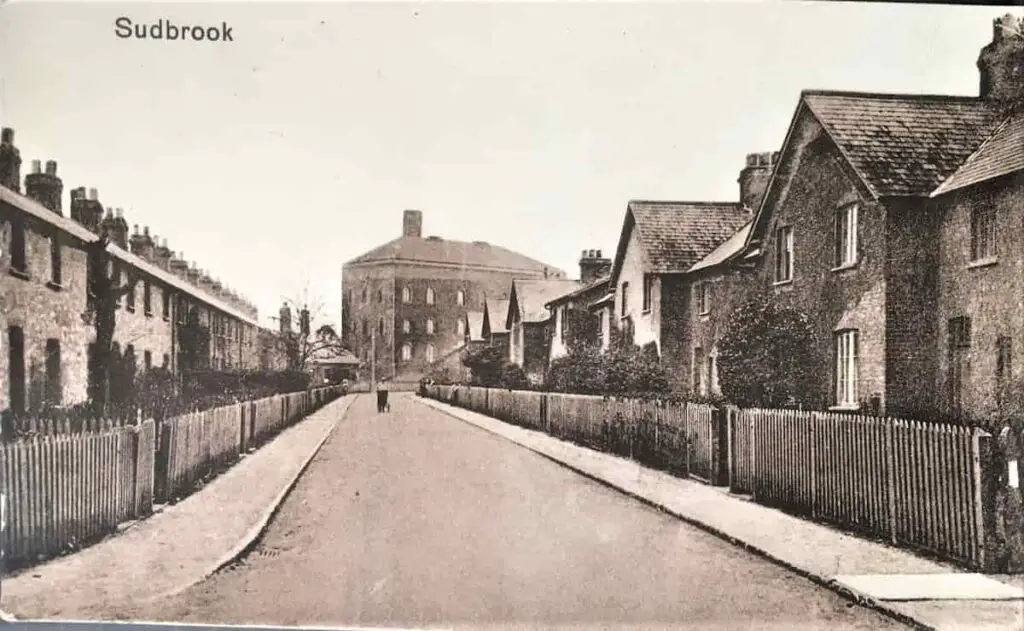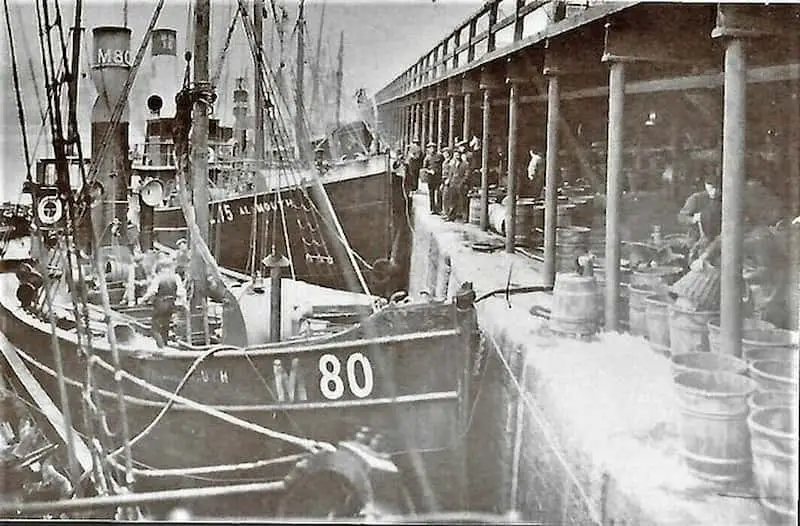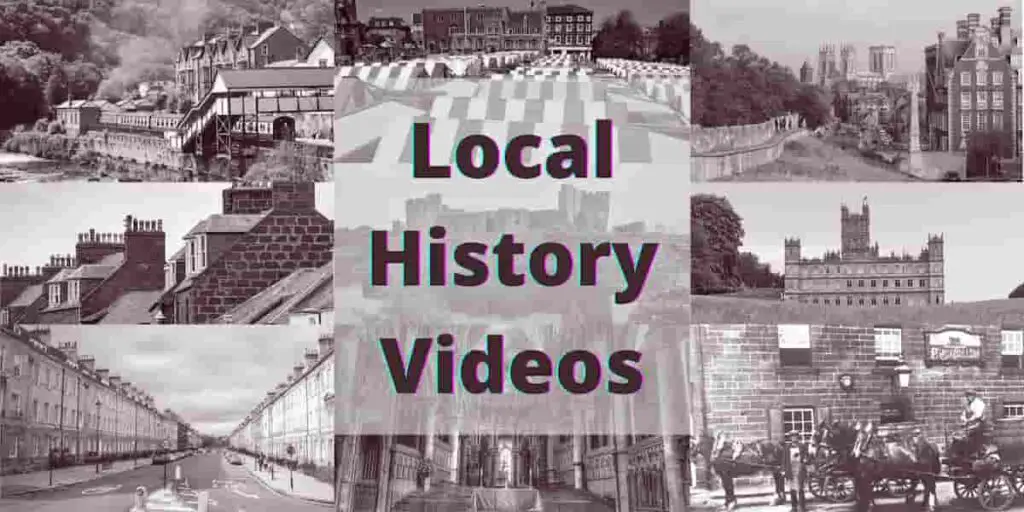Part of the South Wales coalfield, the area of Neath Port Talbot is today best known for its extensive dune system covering much of the local coastline, and the upland countryside where the county meets the Brecon Beacons National Park. But as many locals and visitors know, there’s plenty of history to unearth too.
Neath Port Talbot History On Facebook
Facebook groups and pages are an excellent place to discuss memories, share photos and discover new information.
- Bernard Lewis – Local History in Swansea and Neath
- Friends of Neath Abbey Iron Company
- Grave of the Day – History in Welsh Stone
- Memories of old Neath
- Neath Memories
- Port Talbot Historical Society
- Port Talbot Old And New
- Port Talbot – Old And New 2
- Remembering Old Sandfields Port Talbot
- Welsh Area Fire Engine Restoration Society
- West Glamorgan Archive Service
West Glamorgan Archive Service
Access documents, maps, photographs and recordings about the history of the Neath Port Talbot area from the West Glamorgan Archive Service.
See: Old Photos & Films of Neath
Historical Societies In Neath Port Talbot
- Amman Valley Railway Society
- Bethania Chapel History Centre
- Brunel Dock Society
- Bryn Historical Society
- Briton Ferry Historical Society
- Cwm Dulais Historical Society
- Friends of Aberdulais Falls
- Friends of Cefn Coed
- Friends of Margam Park
- The Court Yard Bicycle Centre
- Glynneath Historical Society
- Heritage Scene Neath
- Historical Association Swansea
- Neath Antiquarian Society
- Neath Historical Model Railway Society
- Neath Railway History Society
- Neath & Tennant Canal Preservation Society
- Pontardawe Historical Society
- Pontneddvaughan Historical Society
- Port Talbot Historical Society
- Resolven History Society
- Skewen & District Industrial Heritage Association
- Skewen Historical Society
- SouthWales Miners Museum
- Swansea Valley History Society
- Treftadaeth Brynaman Heritage
- Welsh Area Fire Engine Restoration Society
- Welsh Postal History Research Foundation
- Ystalyfera Heritage Society
Museums In Neath Port Talbot
Cefn Coed Colliery Museum
The first coal extractions were brought up from the Cefn Coed Colliery in 1930, following several years of attempting to sink coal shafts into the hard Blue Pennant sandstone. By 1945 Cefn Coed Colliery employed 908 men. However, it soon gained a grim nickname, The Slaughterhouse, because of the frequent mining accidents due to methane gas and roof falls.
Finally, changing economic conditions and the high cost of running the deepest anthracite mine in the world meant the mine closed in 1968.
Today the colliery is home to the Cefn Coed Colliery Museum, and part of the European Route of Industrial Heritage.
Margam Castle
Actually a country house built as a mock castle in the Gothic Revival style of the Victorian era, Margam Castle was erected on a site which was home to Margam Abbey until Henry VIII’s dissolution of the monasteries.
Margam Stones Museum
In a small building erected as a school during the Victorian era, you’ll today find one of Britain’s best collections of Celtic stone crosses in a museum maintained by Welsh heritage agency Cadw. These Christian artifacts date between the 6th and 16th centuries, and each was found in the area around Margam.
Neath Abbey
The Cistercian monastery at Neath was established in 1129AD, and rose to become the largest abbey in Wales. Unfortunately, no amounts of money or persuasion were enough to save it from the Dissolution of the Monasteries under King Henry VIII.
Over the following centuries, the site became first a private estate, and then a site for industrial production. Eventually, in 1924, the historic value of the site was recognised and the Neath Antiquarian Society did great early work in saving the ruins from further harm. Subsequent work by the Ministry for Works and Welsh heritage agency Cadw stabilised the structures so they can be appreciated by future generations.
Latterly, the abbey ruins provided an atmospheric backdrop to episodes of Doctor Who and Merlin.
South Wales Miners’ Museum
Originally opened in 1976 when Britain still had operating deep mines, the South Wales Miners’ Museum was rebuilt and reopened in June 2008. The museum focuses on the coal mining industry and its workforce in the South Wales Coalfield.
More pages about Wales
- Old Images of Monmouth, Wales
- Old Images of Blaenau Gwent, Wales
- Old Images of Monmouthshire, Wales
- Old Images of Pembrokeshire, Wales
- Old Images of Llanybydder, Wales
Back to Local History Videos home page


